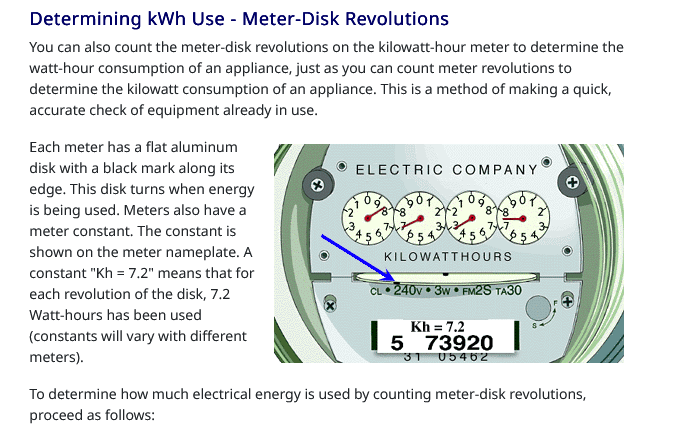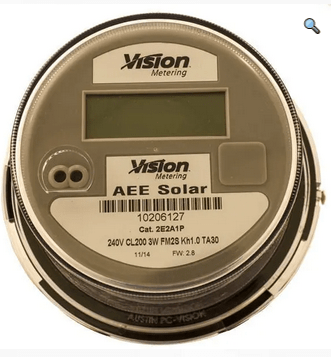The easy way is to use the phase to neutral voltage. For a 415 Volt system, the phase to neutral voltage is 240 Volts. so (Ia+Ib+Ic) x 240 Volts = KVA demand. The calculation is valid even for a delta system where there no actual connection for 240 Volts.
But
In Canada, the code allows demand factors to be applied to loads when calculating the minimum size of the main service.
When a substantial load is to be added to an existing service the load calculations must be redone to verify that the main service is adequately sized.
For new loads added to an existing service there is an exception;
"If it can be shown that the existing demand is less than the existing service capacity then additional loads may be added."
Thus we turned ON all equipment simultaneously and measured the current using clamp meter. That's how we got the current values of 3 phase wires in my first question.
There are a couple of issues with this method:
1. If the equipment is not loaded,
the currents may be lower than when working.
2 Demand factors assume that not all equipment will be loaded 100% at any time.
The measured currents may be higher than when the plant is working.
One accepted method in Canada is to connect recording meters to the service for a time acceptable to The Authority Having Jurisdiction. (The inspection department.)
The last time that I saw this done, the AHJ demanded several months of recordings.
But there is an easier, faster, cheaper, more accurate, documented method.
If your plant is charged for demand, then each months power bill will show the maximum demand for that month.
For both new equipment and for power factor correction, I visit the accounts payable department and request copies of the last 12 or 24 months of the power bills.
The information that you need is all there, documented and measured to revenue metering accuracy.
Typically, a reasonable AHJ will allow one peak demand to be ignored as an outlier, not liable to be repeated, and as a reading that may not have been captured with an alternate, acceptable determination of demand.
Disclaimer:
Good engineering and due diligence suggest that the system should be evaluated for the presence of any large single phase loads that may push the current in one or two phases too high.
Hope this helps
Good luck.
--------------------
Ohm's law
Not just a good idea;
It's the LAW!

